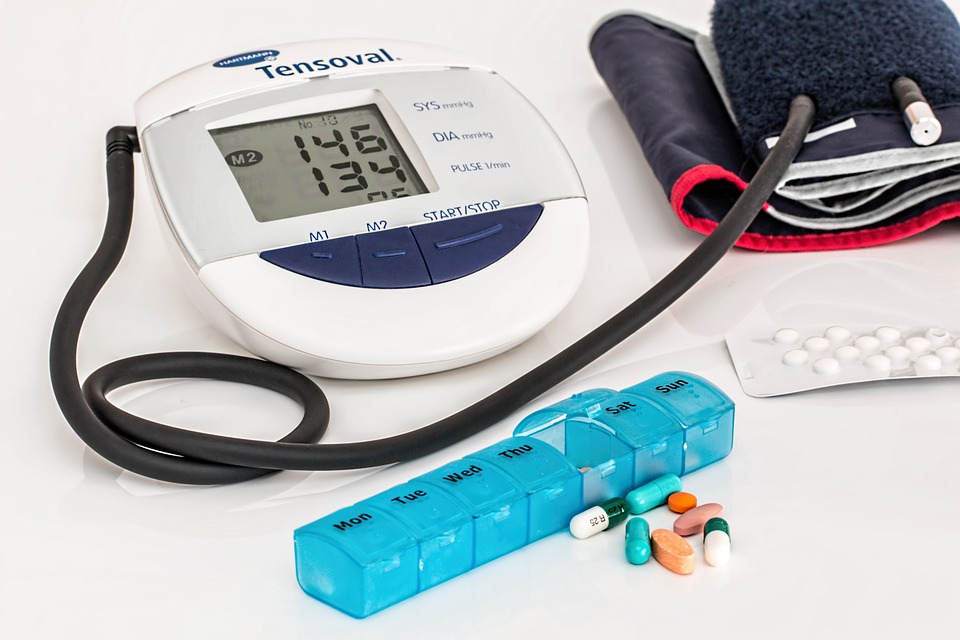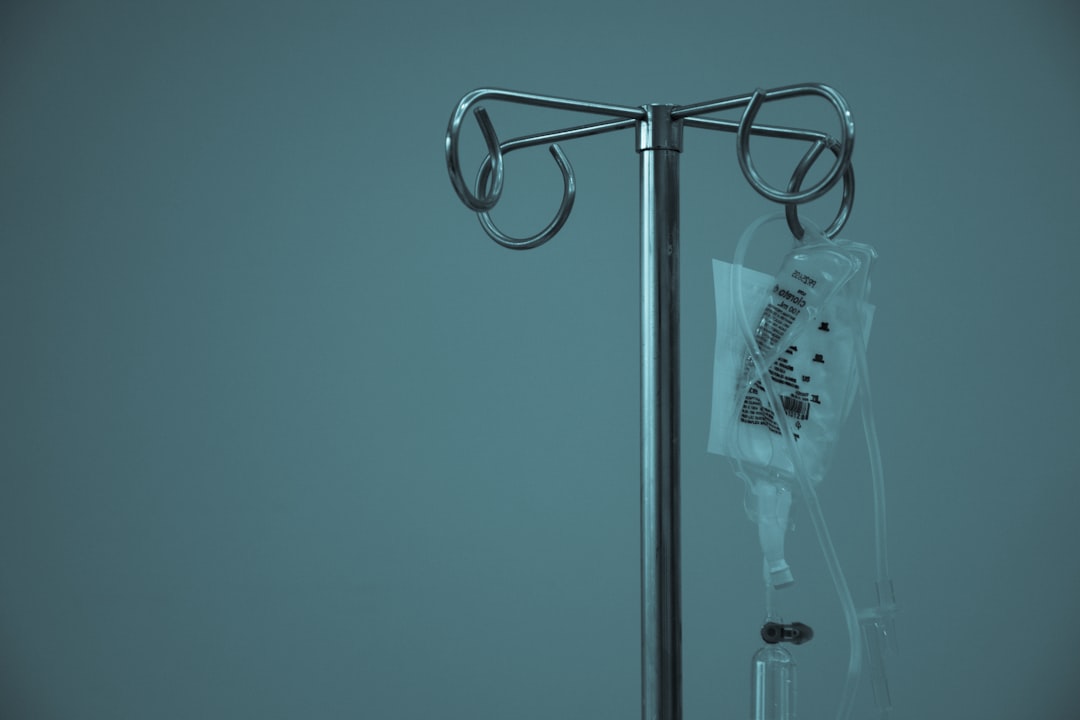Cardiovascular disease is a health condition when blood vessels become narrow, blocked and can lead to a heart attack, stroke or chest pain. Other heart conditions that affect the heart’s muscle, rhythm or valves are also considered variations of heart disease.
There are various types of heart disease; some are born with a heart problem; however, the more common types of heart disease are coronary artery disease; this is where the heart muscles do not get enough blood and oxygen. Other types of heart disease are silent Ischemia and angina.
Symptoms of heart disease depend on the kind of heart disease a person has. Common heart disease symptoms are chest pain, chest pressure and chest discomfort. Other symptoms are shortness of breath, pain or weakness in your legs or arms and pain the jaw, neck, back or upper abdomen. Feeling light-headed and a slow heart beat are other symptoms.
Risk factors for developing heart disease include age, sex, family history, smoking, radiation therapy and a poor diet. Additional risk factors are high blood pressure, high blood cholesterol levels, diabetes, obesity, inadequate exercise, stress and poor hygiene.
Certain types of heart disease can’t be prevented; however, other types of heart disease can be prevented such as not smoking, controlling high blood pressure and diabetes and exercising at least five times a week, 30 minutes each time. Other preventative tactics are eating a diet that is low in salt and saturated fat, losing weight and managing stress.
Your doctor may prescribe drugs, if lifestyle changes are ineffective in keeping your heart disease in check. Prescription drugs can be used to lower your cholesterol, reduce your chances of having a heart attack, prevent or possibly delay the need for surgery, lower your blood pressure, decrease blood clot formation and lower your heart’s workload.
If you doctor diagnoses severe heart disease, he or she may recommend a surgical procedure to treat your disease. Two procedures are often used to treat heart problems; angioplasty and coronary artery bypass graft. Angioplasty is a nonsurgical procedure where a thin tube is inserted through a blood vessel and led to the blocked artery.
A coronary artery bypass graft is a surgical procedure where healthy veins are taken from other parts of your body and used to bypass the blocked arteries; this is used to improve blood flow to the heart.
To conclude, cardiovascular disease is a health condition when blood vessels become narrow, blocked and can lead to a heart attack, stroke or chest pain. Talk with your doctor and find out more!







